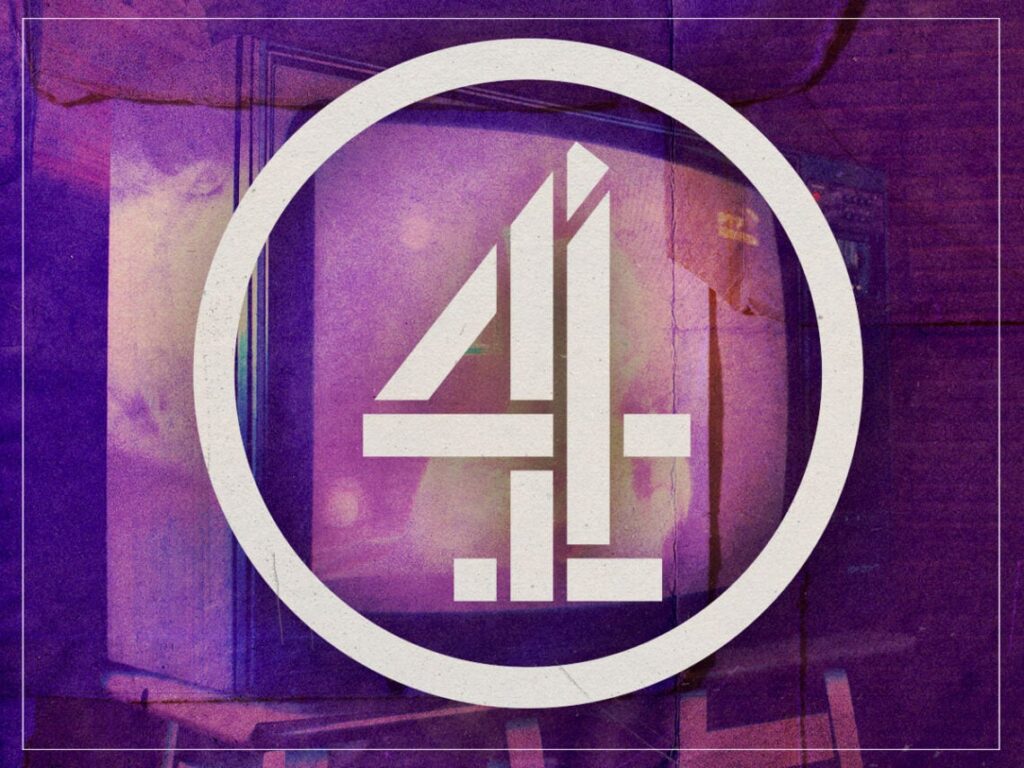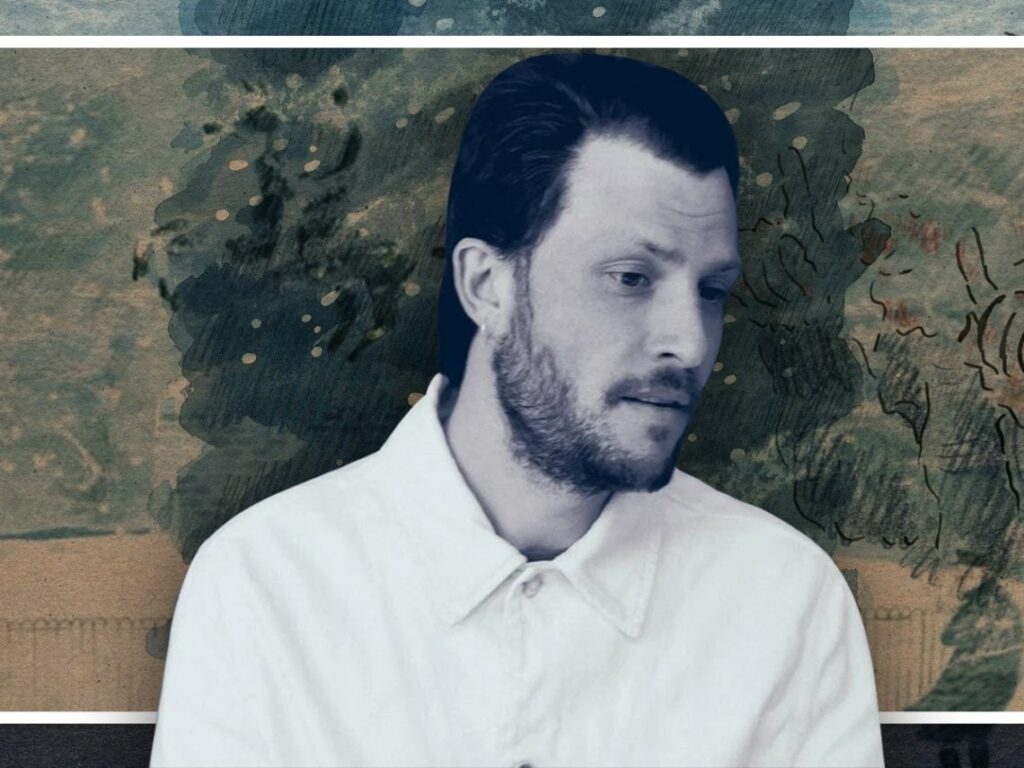Is analogue the future of music?
 Posted On
Posted On
(Credits: Far Out / Daniel James / Austrian National Library)
If there’s one thing that the ever-controversial Steve Albini was right about, it’s that analogue is, ironically, the future. Much of Netflix’s purely digital original content has already begun to disappear forevermore. Entire works of art, evaporated and rendered redundant. They’ve been deleted out of existence to make space for the next ephemeral shot at a hit. The same is true of music, and the trend is inhuman.
Every year of human history so far has proved that we love physical formats and how they come to be. The rebirth of vinyl is the latest presentiment of this. Largely, on a philosophical level, this is not because we have a penchant for high quality audio fidelity, but because we love posterity and legacy. It’s the reason we all bury little Lego pieces or cryptic notes in our garden as five year olds: so the world of the future will know we were here and muse over our existence.
While producing an album might seem more frivolous than recording a moment in time for the benefit of the future, the opposite is true. Take the tale of Sibylle Baier into consideration: her album, Colour Green, only began to gain recognition over 30 years after she hit record on a home reel-to-reel. The analogue recordings she made were stowed away in the attic until her son discovered them in adulthood and shared them with the world.
Aside from the poetry of this tale, it offers up a stark message about the importance of analogue. In today’s era, it is likely that the masterpiece of Colour Green would have disappeared into the ether of irretrievable data. The album might not have been ever intended to be anything other than a home-recording, almost an aural diary of sorts, but, inadvertently, it resonates with beauty half a century down the line. In even more years to come, it might become a staple of a moment in time. If Baier was born in 1985 and simply uploaded these tracks on the now-defunct MySpace, they’d be gone forever.
This would be a great loss. The more we reconcile that, the more we learn that analogue is the future. As Albini said, “I feel like my day-to-day job is being a vector of history. I’m making recordings which are going to sit on a shelf and then at some distant time are going to be discovered again. Making a permanent record, I take that aspect of it very seriously. I’m certain that analogue recordings will survive over a scale of centuries. I have no certainty about any digital formats surviving that period.”
That uncertainty about digital is already proving true. It is estimated that an unfathomable 100,000 songs are uploaded to Spotify each day. Routinely, Spotify will purge 750,000 of these tracks at a time because they have broken terms of service in one way or another, and deleting them helps to streamline their data. That seems fair enough, but the issue is that Spotify is often the only place where that song exists, the uploader may not be aware of breaking terms of service or even the deletion, and the end result is the disappearance of art.
That’s a loss, literally. The beauty of Albini’s point is a simple one: an act of creation is worth preservation and with digital there’s no guarantee. We don’t know what’s worthwhile and what’s not: every Vincent Van Gogh painting, Moby Dick and Colour Green that only garnered attention after the fact proves this. But not even that, it doesn’t have to be great art to be worth saving. Each act of art in some way captures the times. A youngster’s hastily scratched anti-establishment slur into the wall of the Colosseum says as much about life at that time as the Statue of David.
500 years from now, they might think we got to The Black Eyed Peas and just called it a day. The more that pertinent point dawns, the more it becomes clear that trusty old analogue is the future.

